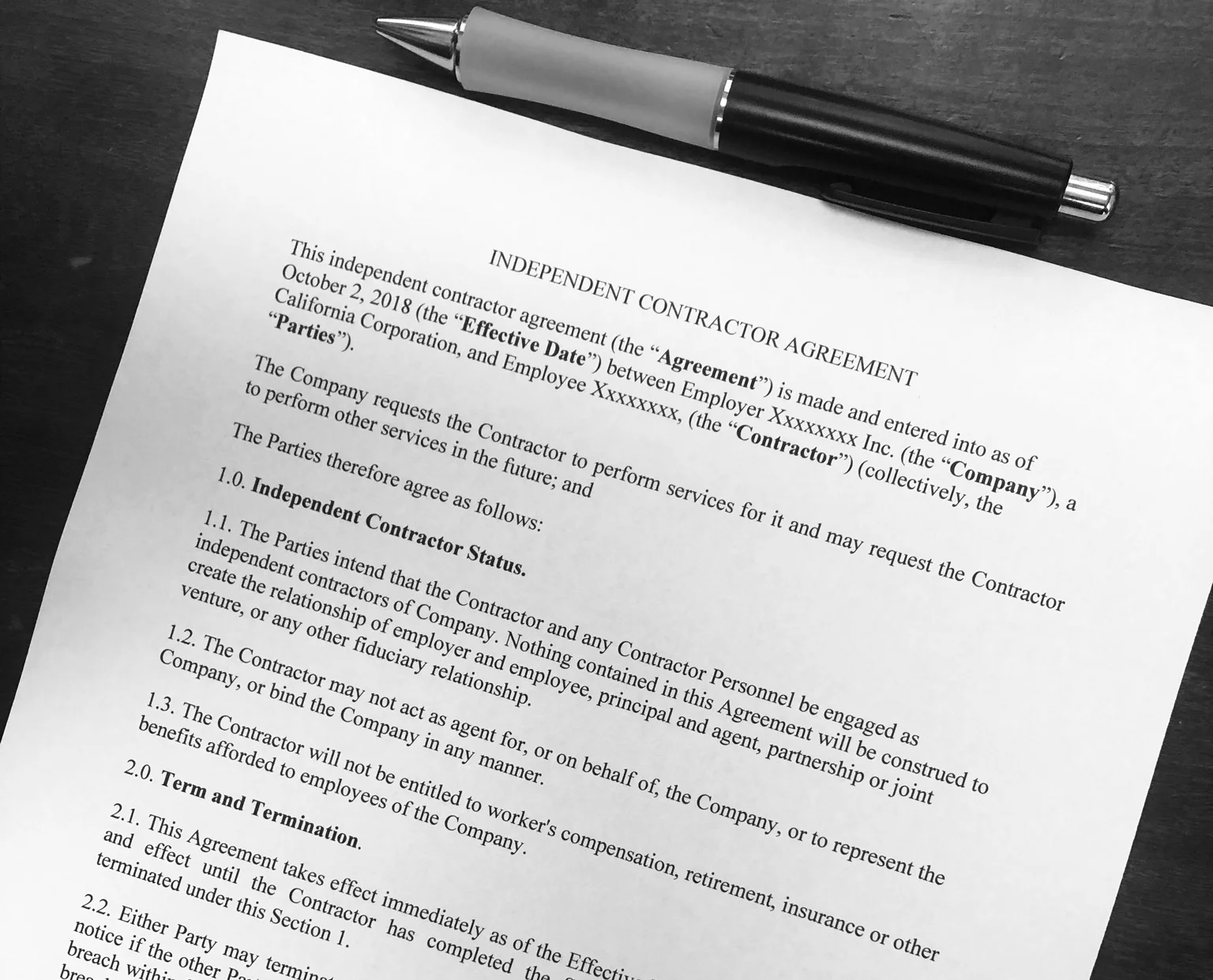California’s Supreme Court clarified in the 2018 case called Dynamex, how to determine when workers are independent contractors and when employees have been misclassified as independent contractors.
What employers and workers believe, agree, or want the nature of the work relationship to be defined as does not matter. Employers cannot strategically misclassify workers as independent contractors to gain competitive advantages or enjoy financial savings from obligations like payroll taxes or workers compensation insurance.
In order to legally classify a worker as an independent contractor, the hiring employer must establish (A) that the hiring person or entity does not control or direct the worker’s performance of work, (B) that the worker performs work outside the usual course of the hiring person’s or entity’s business, and (C) that the worker customarily engages in an independently established business, occupation, or trade of the same nature as the work that the worker performs for the hiring person or entity. These requirements are known as the “ABC” test and if any one of the three requirements of A, B, or C fail, then a generally worker must be classified as an employee.
(See Link(s): Labor Code Section 226.8)
